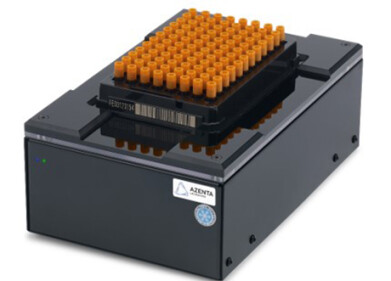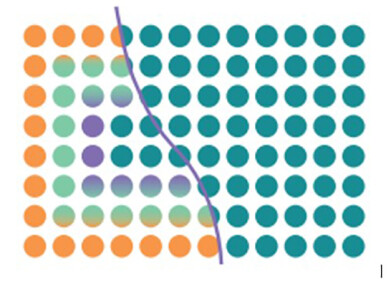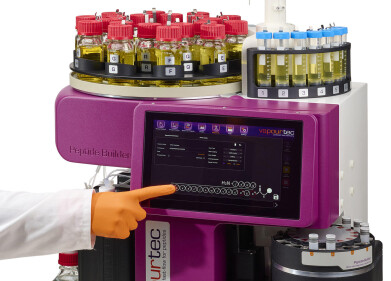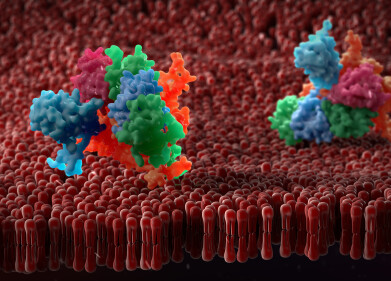Sample Preparation
3 Sample Handling Techniques
Jun 18 2021
Analytical systems may deliver results but when it comes to boosting precision and accuracy, the importance of best-practice sample handling techniques should never be underestimated. From minimising the risk of biological and chemical activity to establishing a clear chain-of-custody, sample handling techniques ensure results are as reliable as possible.
Methods will vary depending on the type of sample, meaning it’s important to have a good understanding of what techniques work best in different scenarios. Below, we take a look at some of the most useful sample handling techniques used by scientists around the world:
-
Preservation
From the moment a sample is collected, preservation-based handling processes are used to protect the physical and chemical properties of the specimen. This can involve exposure to ultra-low temperatures to prevent unwanted biological or chemical activity, as well as the use of preservatives.
-
Recommended holding times
All samples should be issued with recommended holding times. This gives scientists a deadline for processing and analysing a specimen and ensures analytical results are not compromised due to sample degradation. While some samples may have a long lifespan, others will start to deteriorate within a matter of hours.
-
Chains of custody
From COVID-19 nasal swabs to vials of agricultural soil, a chain of custody should begin as soon as a sample is collected. This ensures a sample can be tracked right back to its place of origin, with custody seals often used to protect specimens during transit.
Preparation: The Next Step
After samples have been collected, stored, transported and processed using proper handling techniques, research teams can advance to the preparation stage. This can involve the following methods:
-
Fourier-Transform Infrared Spectroscopy (FTIR)
Suitable for use with solids, liquids and gases, FTIR allows scientists to achieve an infrared spectrum of absorption or emission. A purpose-built spectrometer is used to gather spectral data, with a variety of techniques to choose from. These include transmission, Attenuated Total Reflectance (ATR), Diffuse Reflectance (DRIFTS) and Specular Reflectance.
-
Gravimetric sample preparation
Over the past few years, automated techniques such as gravimetric sample preparation have set new benchmarks for efficiency and accuracy. The method has allowed laboratories to drastically reduce Out-of-Specification (OOS) errors, which not only reduces the risk of regulatory fines but also boosts productivity, heightens workplace safety and unlocks cost savings.
Find out more about the latest developments from Mettler-Toledo in ‘How gravimetric sample preparation is helping pharmaceutical manufacturers meet the demands of consumers, regulators, and the market.'
Digital Edition
Lab Asia 31.6 Dec 2024
December 2024
Chromatography Articles - Sustainable chromatography: Embracing software for greener methods Mass Spectrometry & Spectroscopy Articles - Solving industry challenges for phosphorus containi...
View all digital editions
Events
Jan 22 2025 Tokyo, Japan
Jan 22 2025 Birmingham, UK
Jan 25 2025 San Diego, CA, USA
Jan 27 2025 Dubai, UAE
Jan 29 2025 Tokyo, Japan



















